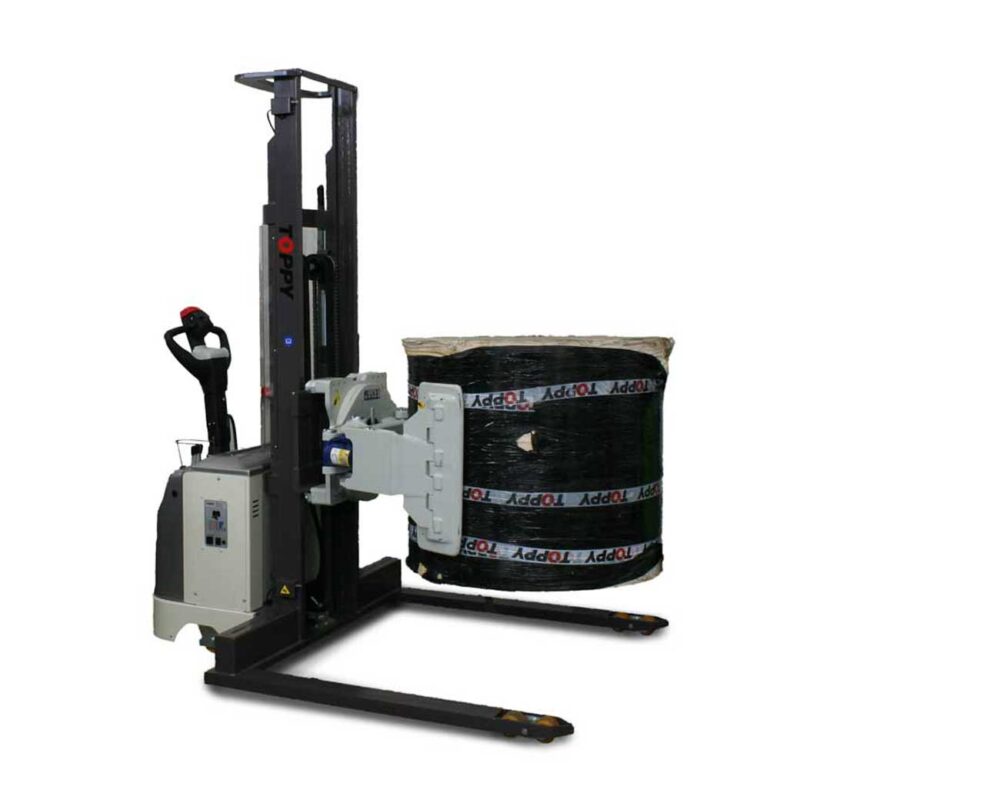Roll handling plays a critical role in various industries, such as manufacturing, logistics, and printing. Efficient and safe roll handling practices are essential to prevent workplace accidents and injuries. As a leading manufacturer in the industry, Top Industries Inc. is committed to promoting safety in roll handling operations. In this article, we will provide valuable safety tips to ensure secure and accident-free roll handling. By implementing these guidelines, you can enhance workplace safety, reduce the risk of incidents, and protect your employees’ well-being.
Ensuring Safe Operations
1. Proper Training and Equipment Familiarization
One of the fundamental aspects of roll handling safety is ensuring that all employees involved in these operations receive comprehensive training. Top Industries Inc. recommends providing thorough training programs that cover proper roll handling techniques, equipment operation, and safety protocols. This training should be mandatory for all employees, including operators, supervisors, and maintenance staff.
Additionally, it is crucial to ensure that employees are familiar with the specific roll handling equipment they will be using. Each type of equipment may have different operational procedures, safety features, and limitations. By providing detailed equipment familiarization, employees will be better prepared to handle rolls safely and efficiently.
Benefits of Roll Handling Equipment
2. Adequate Personal Protective Equipment (PPE)
Personal Protective Equipment (PPE) is essential for safeguarding employees during roll handling activities. Top Industries Inc. strongly emphasizes the use of appropriate PPE, such as gloves, safety glasses, and steel-toed boots. These items can protect workers from potential hazards like cuts, abrasions, and impact injuries. Employers should ensure that PPE is readily available, properly fitted, and regularly inspected for any signs of wear or damage.


3. Proper Communication and Signage
Clear and effective communication is vital in maintaining safety during roll handling operations. Employers should establish proper communication channels and protocols to ensure that all employees involved in these activities can effectively convey important information.
Furthermore, employing signage throughout the workplace can greatly enhance safety. Posting signs that indicate specific roll handling procedures, hazards, and safety precautions will help reinforce safe practices and remind employees to remain vigilant.
Roll Handling Safety Precautions
a. Secure Loading and Unloading: When loading or unloading rolls onto or from equipment, it is crucial to ensure that the rolls are properly secured. Use appropriate lifting devices and attachments, such as slings or clamps, to prevent accidental roll displacement or dropping.
b. Weight Capacity Considerations: Always adhere to the weight capacity limits specified by the roll handling equipment manufacturer. Overloading the equipment can lead to instability, equipment failure, and potential accidents.
Essential Features for Roll Handling: Improving Productivity and Safety
Common Hazards and Risk Mitigation
a. Tripping and Slipping: To prevent tripping hazards, keep walkways and work areas clear of debris, cords, or other obstructions. Implement regular cleaning and maintenance procedures to minimize the risk of slips and falls.
b. Pinch Points and Crush Hazards: Employees must be aware of pinch points and crush hazards present in roll handling equipment. Proper guarding, safety interlocks, and awareness training can help mitigate these risks.
Conclusion
Prioritizing roll handling safety is crucial for any organization that deals with these operations. By following the recommended safety tips provided by Top Industries Inc., you can significantly reduce the risk of accidents and injuries. Remember to provide proper training, ensure the use of personal protective equipment, and promote effective communication and signage within the workplace. By implementing these measures, you create a safer work environment, protect your employees, and uphold industry-leading safety standards.
